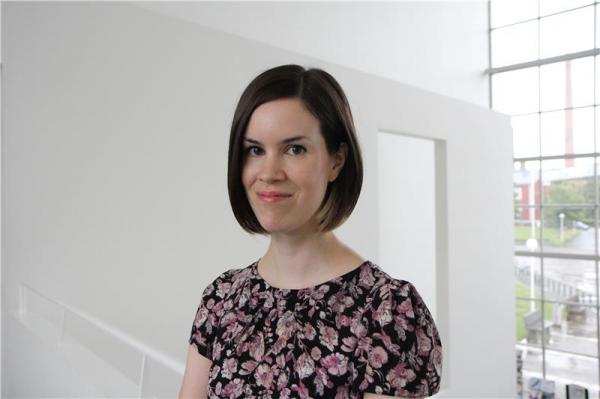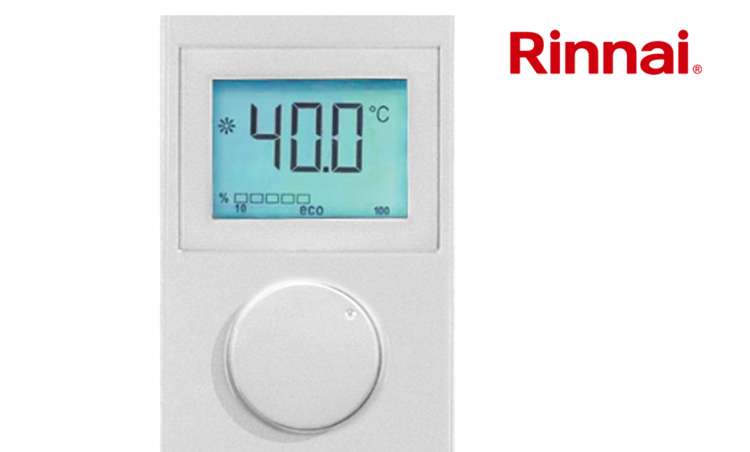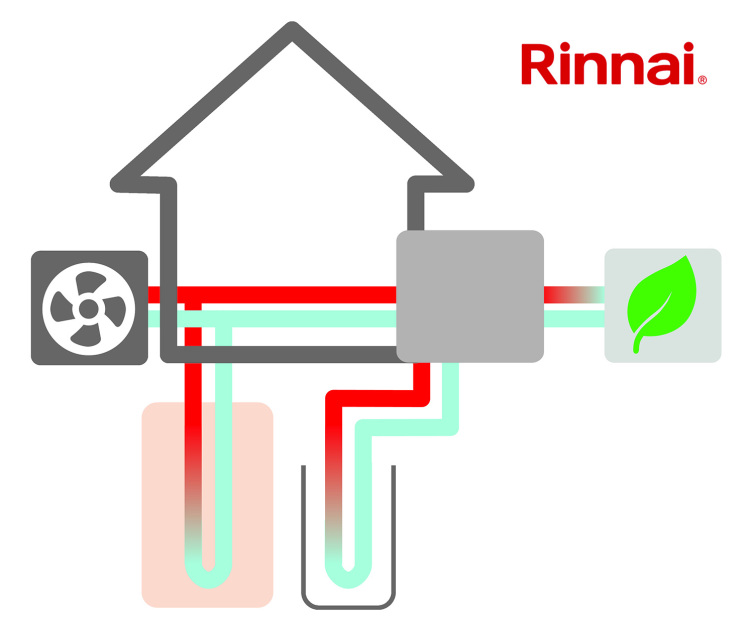Not a Papery Palaver

12 August 2016 | Updated 01 January 1970
A new study from the University of Vaasa, Finland examines the different usages of performance appraisal forms in Finnish performance appraisal interviews from a perspective of conversation analysis.
This comes from a doctoral dissertation by Piia Mikkola, MA, in the field of Modern Finnish.
Some guide books about performance appraisal interviews caution that the appraisal form can easily turn the appraisal discussion 'papery' and lessen the interaction between the participants. However, in her study Mikkola proposes that the appraisal form functions as the natural structure of the appraisal interview. The form helps the superior and the subordinate to get through the appraisal interview and structures the interview into stages. The form can be compared to an agenda in a meeting.
"The form gives the participants a framework for the interview that can be safely followed from the beginning to the end. When all the items on the form have been covered, also the appraisal interview usually comes to an end", says Mikkola. The form can also help dealing with particular, even difficult topics, which might not otherwise be brought into the discussion.
Mikkola's thesis recognises three uses for the appraisal form. Firstly, the form is a physical artefact which the superior and the subordinate move and manipulate. Secondly, the form can be perceived as a written text to reference and interpret. Thirdly, the form is an agenda that directs the interaction in the appraisal interview.
Pre-filled form gives power to the subordinate
Personnel might see appraisal interviews as encounters which are dominated by the superior and where it is difficult to bring forth their own views. This issue can be affected by considering the structure of the appraisal form.
Mikkola's study revealed that when the form was filled during the appraisal interview, the superior had more influence in directing and leading the discussion. When the appraisal form was pre-filled by the subordinate, the superior was no longer as clearly directing the discussion. In these discussions the subordinate had better chances to bring out and explain their views. According to the study, this was because the subordinate had the primary right to interpret and explain what they had written in the form. By referring to what they had written, the subordinate could even bring up entirely new topics.
Appraisal form – in support of time management?
Superiors may get frustrated by how the time reserved for an appraisal interview is totally inadequate. Mikkola's study also revealed that using performance appraisal form can also have an effect on the time management of appraisal interviews.
In the research material the superiors and the subordinates interpreted the handling, moving and viewing of the form as subtle hints to move forward in the interview.
"This raises the interesting question whether the form could be used consciously and strategically to restrain the time in the interview", says Mikkola.
A rare research data
Mikkola's research data includesauthentic video-recorded appraisal interviews and respective written appraisal forms. "I am very glad that our research group got to film these delicate situations which have usually been examined only through interviews and surveys", says Mikkola.
Performance appraisal interviews originated in the United States. They became established in Finland in the 1990s. According to a report by Statistics Finland, over half of Finnish employees had taken part in a performance appraisal interview in 2013.
Even if appraisal interviews are an important part of the management system of many Finnish workplaces, their popularity has suffered some setbacks. The consultation agency Accenture drew attention last year by announcing that they would stop using appraisal interviews altogether. Appraisal interviews have their supporters and opponents but a perfectly functioning substitute has not yet been developed.
Picture: Piia Mikkola
Article written by Cathryn Ellis | Published 12 August 2016

.gif)
.png)
.gif)

.gif)



.png)

.jpg)





.jpg)




